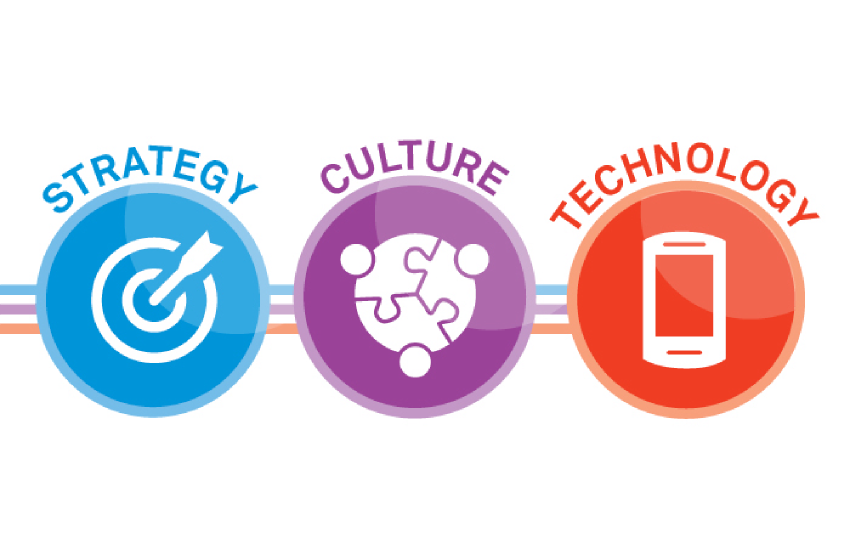Promoted by

Artificial intelligence (AI) provides an opportunity for organisations to improve their culture in ways previously unimagined.
Promoted by

Artificial intelligence (AI) provides an opportunity for organisations to improve their culture in ways previously unimagined.

Corporate culture remains one of the most difficult issues for organisations to get right.
Organisational balance sheets and reputations are being severely impacted while regulatory and community scrutiny is intensifying. It has become a topic of national conversation.
Artificial intelligence (AI) provides an opportunity for organisations to improve their culture in ways previously unimagined.
Assessing culture
The logical starting point for any culture improvement program is to understand the current culture — what is working well and what needs improvement.
But even when staff complete their culture surveys and genuinely answer every question truthfully, this does not necessarily mean that what they say is what they’ll do.
This discrepancy can arise because our behaviour is sensitive to context. How we conduct ourselves often depends on the situation and the people around us.
Culture is often discussed in terms of the ‘tone at the top’ and the role of leadership. Leadership and the hierarchy play a major role in determining organisational culture. But it doesn’t just come from the top. Culture also comes from the middle — at every local business unit level.
Organisational network analysis (ONA)
ONA reveals the key influencers of culture at both the formal hierarchical and local informal levels — these influencers are ‘culture carriers’. It also reveals the invisible social networks that have the most influence on culture and conduct at every level of the organisation.
Our workplace relationships are influenced by who we interact with and the nature of that interaction. As a result, a static instrument such as a staff survey may not be able to keep pace with the ever-changing nature of organisational networks.
AI and machine ONA
To solve the issue of the static nature of staff surveys, Blackhall & Pearl collaborates with Professor Peter Gloor from the MIT Centre for Collective Intelligence to deploy an AI based tool for ONA, known as ‘machine ONA’.
This serves to automate the culture assessment process through the dynamic analysis of internal data (such as email archives and telephone transcripts) and external data (such as tweets and blogs).
The typical data source for machine ONA is company emails. There are three levels of analysis of emails with machine ONA:
Monitoring and predicting culture
The synthesis of human and machine ONA provides the ability to monitor and predict behaviour. Here are just some of the workplace culture indicators that are able to be tracked:
Benefits
The benefits of adopting ONA in the workplace include:
Hear more from Harry Toukalas on how to use AI to improve risk culture at Governance Institute’s Governance and Risk Management Forum 2018. He’ll be speaking at the forums in Sydney, Melbourne and Brisbane. Early bird registration ends Friday, 20 April 2018.